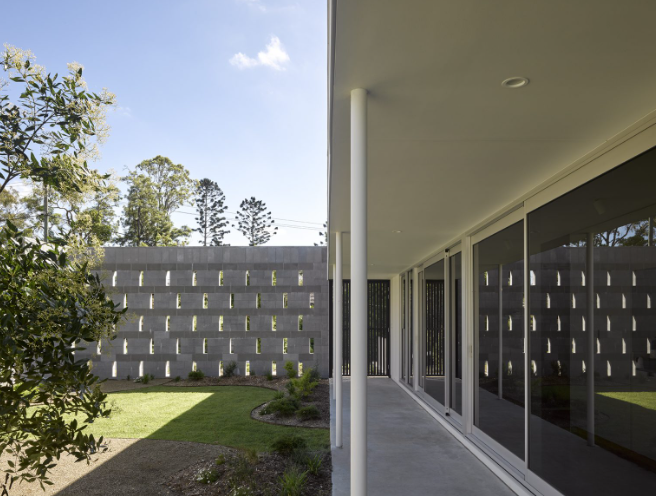
All Things You Must Know About Modular Homes
People revere their homes as hallowed havens where they can relax, be themselves, and feel secure. People in Australian suburbs, where peace is prized along with convenience and innovation, have experimented with a wide range of home advances. Since everyone is interested in, desiring, and eager to move into modular homes in Australia, they are the buzz of the town.
There are many other ways to classify modular homes. Still, the most common definition is that they are constructed in the form of modules or sections, allowing the house to have internal bifurcations.
How Are Modular Homes Different From Those Built On-Site?
- It is necessary to go through several steps to construct a home on the property where it is to be located. These steps include preparing the ground, laying the foundation, and taking necessary safety precautions. However, modular houses are built indoors and only require assembly at the end in Australia, which means that they may be finished in a matter of weeks rather than months.
- The cost of constructing a house in Australia might approach $300,000 if extra charges, such as cement, raw materials, and labour, are taken into account. Building a home using prefabricated modules in Australia costs around $3,000, which is far less and more cost-effective for an individual looking for a low-cost residence.
- A modular home takes far less time than constructing a traditional house. Building a typical house correctly, with every part completed to the homeowner’s satisfaction, might take up to a year—work halts due to weather conditions in Australia, which is closer to the water. Heavy rains can disrupt work, but because modular homes are constructed in a short period, they are more resistant to weather changes.
Also, here are some previously undisclosed facts:
- When modular homes arrive at the building site, they are put together like a jigsaw puzzle to be assembled. This is the first thing you need to know about modular homes.
- These homes provide a wide range of customisation options, including floor plans, exterior styles, and interior finishes. The potential homeowner can work with the design team to modify the design, such as changing the dimensions, colours, or other intriguing characteristics.
- There is no need for alarm because the tax rates that apply to second homes will be the same as those that apply to residences with one family living in them. There is no increase in the tax value of a modular home.
- Banks don’t have any preferences regarding the kind of homes they lend money for, so if you want a mortgage, you won’t have any trouble getting one for either a traditional or modular home.
- The fact that it is so light causes most people to be concerned about the structure’s stability as it is being moved from one location to another. These homes are incredibly sturdy and can withstand winds of up to 173 miles per hour, debunking the myth that was just presented.
- Families with children and those with disabilities find modular homes in Australia the most suitable living arrangement. They may be built with areas that are accessible to them to satisfy their requirements. They are entitled to the same quality of life like everyone else, and modular houses allow them to achieve that quality of life in a manner that is both more convenient and inexpensive than traditional stick-built housing. This is because they are entitled to it.
